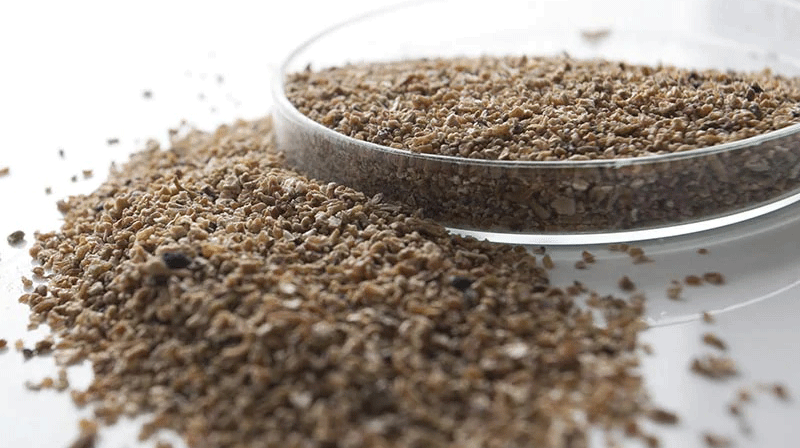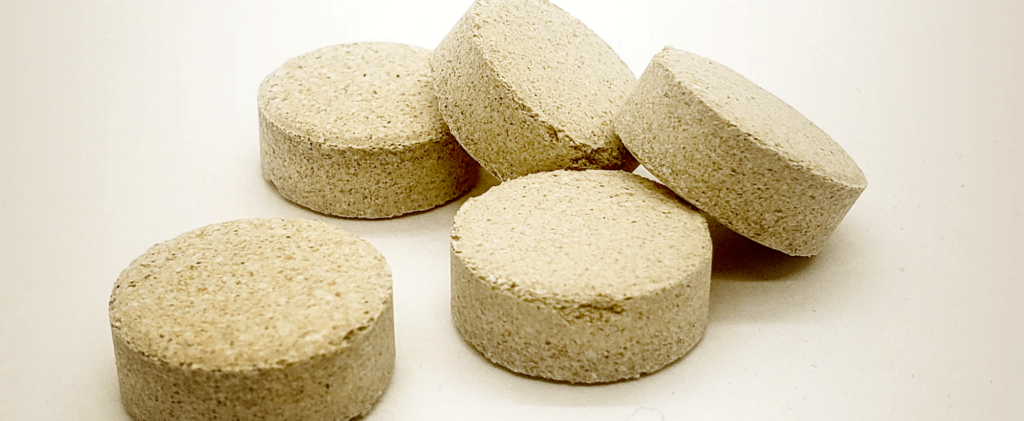Protafloc is available in tablets or granules, so what do they do?
Protafloc Tablets & Granules are carrageenan products added to the kettle wort to enhance protein removal as the wort cools. Protein build-up comes from the malt or adjunct in your recipe. Protafloc is best described as a clarifier, and it ensures the carrageenan bonds to the proteins and is removed at the end of the boiling process via settlement in hot and cold breaks. This then simplifies further downstream fining requirements and prevents haze in the beer.
What is Protafloc made of?
The active ingredient in Protafloc is a polysaccharide called carrageenan, derived from seaweed. Carrageenan in solution is negatively charged, owing to the sulphate groups along the polysaccharide backbone. These charged sites interact with wort proteins. Whirlfloc is fairly similar. Both are effective kettle finings.
When do you add Protafloc?
Usually nearing the end of the boil, approximately 10 minutes before you finish the boil. The dosage rate for homebrewers is half a tablet for 25 litres.
What is a hot break in brewing?
Hot Break comprises proteins and polyphenols that coagulate during the wort boil, eventually clumping together in large enough pieces to break out of the solution and fall to the bottom of the kettle. The hot break usually occurs anywhere from 5 to 30 minutes after a vigorous boil has begun. These protein pieces are responsible for the chill haze in the finished beer.
What is a cold break in brewing?
This term covers all the solids that precipitate out of the solution when you rapidly cool wort after the boil.
This handy tablet format can easily produce clear wort for the fermenter. Some brewers want no solids, and others want a little cold break, as it is said to be nutrient-rich. Hop debris is another solid that may travel into the fermenter.

Kettle finings optimisation procedure
The exact rate for a given wort will vary according to the brewery, the recipe and the types of malt and adjuncts used. Typical rates vary from 0.75g to 4.8g per hl, but a kettle finings optimisation should be done to determine this more accurately. Use rates should be checked when you change suppliers or move to new seasons of malt. When the dose rate increases, the clarity improves, but the level of sediment increases. Over-fining will give rise to beer losses in the fermentation vessel. The optimisation procedure is as follows:
- Make up a kettle fining solution by dissolving 1g of carrageenan product in a litre of boiling water. (This gives a 0.1% solution)
- Label seven 100 ml measuring cylinders in 5 ppm increments, including a 0ppm control up to 30ppm
- Add a range of finings rates to the 100ml measuring cylinders using a 10ml pipette 0.5 ml of kettle finings solution = 5ppm).
- Take a wort sample (approx. 2L) 15 minutes before the end of the boil and just before adding kettle finings.
- Fill the measuring cylinders with 100ml of hot wort.
- Record the wort clarity and appearance of the hot break.
- Cool by immersion in cold water in the bucket for 20 minutes.
- Allow to settle for 2 – 4 hrs and observe the appearance of the cold break, recording the wort clarity and cold break volume.
- Allow to stand for 24 hours to get a final result.
- Decide on the optimum rate of kettle finings addition for the beer in question. The wort should be bright and clear, with compact sediment.
Check out Protafloc buying options HERE.
